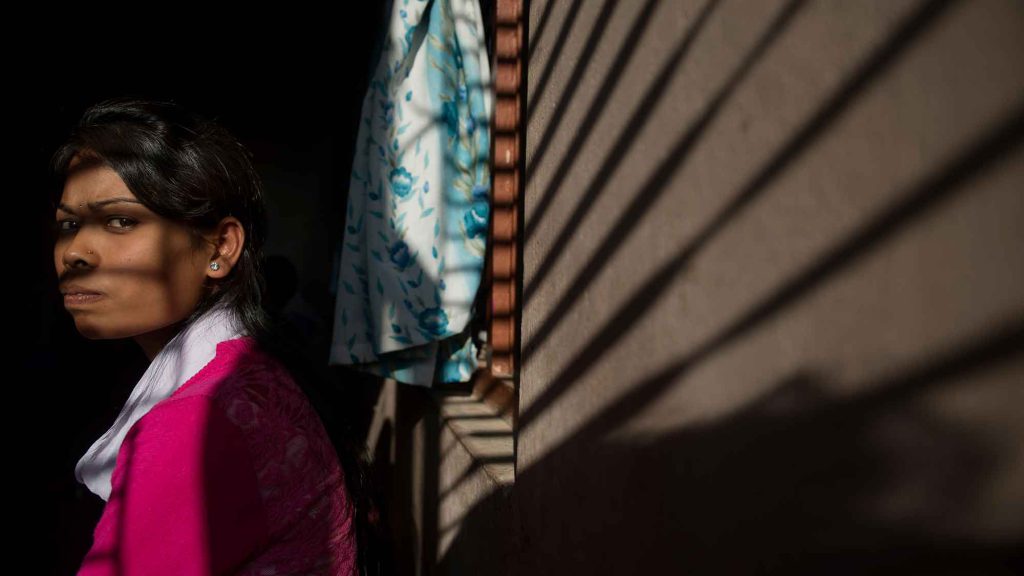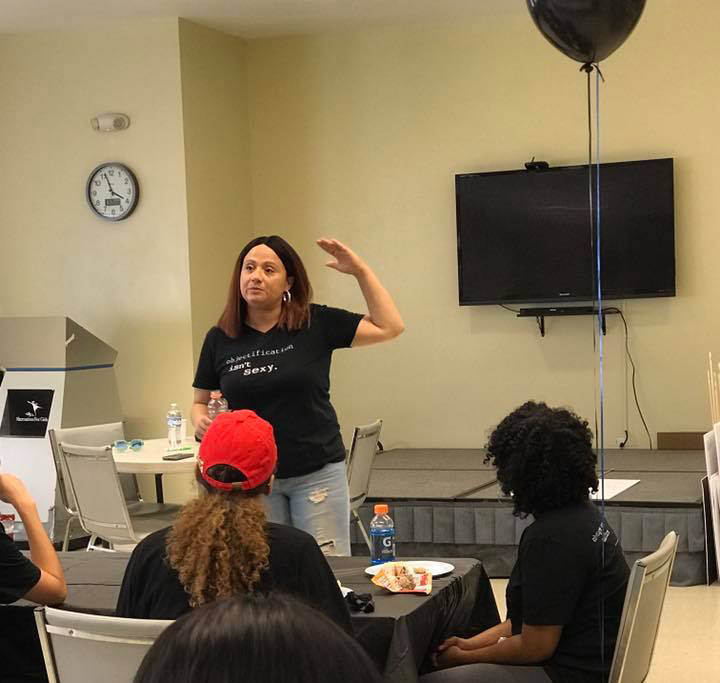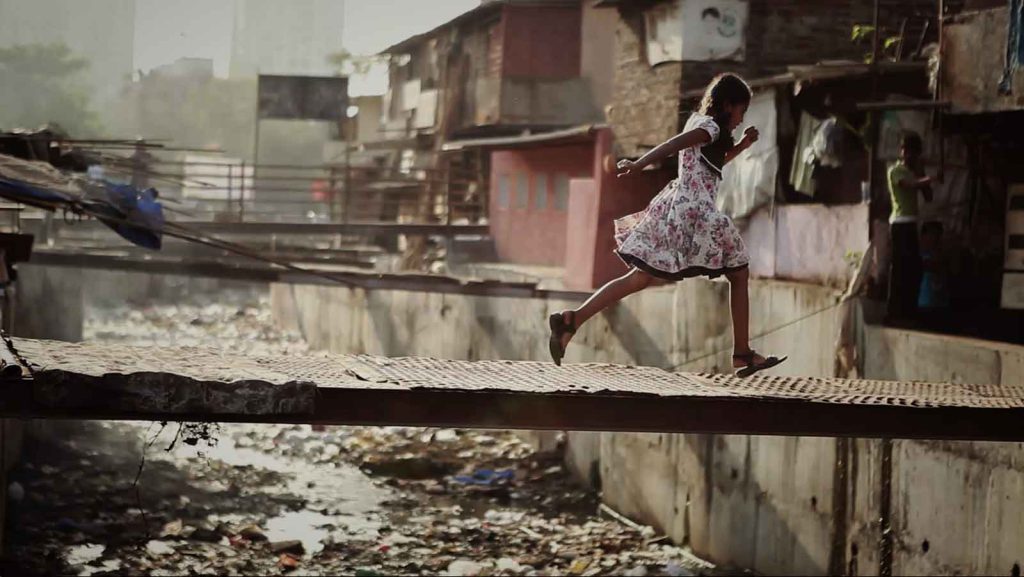The Very Modern Problem of Human Slavery

While in Accra, Ghana, in 2001, I befriended a young woman at a nightclub. I was flabbergasted that Fola (a pseudonym) was taking a keen interest in me. When we left the club and strolled along the beach, I noticed a few men were following us. I could tell she was a bit frightened, and when I asked her about it, she began to cry. When she propositioned me a few minutes later, I knew something was wrong. I gave her an extra cellphone that I had, and my number, telling her she could always call to talk. The next afternoon she told me her story: She and all of the women in the club that night had been prostituted, controlled by a Nigerian syndicate that trafficked women, guns, and narcotics.
Fola and the other women at that club aren’t alone. Forced labor, forced marriage, and forced sex work are rife around the world, often right under our noses in unrecognized forms. Yet when I ask the anthropology students in my classes when slavery ended, most say something like “with the 13th Amendment” or “at the end of the Civil War.” Only a handful realize that modern slavery is everywhere.
Researchers estimate there are at least 40 million people enslaved today. This is by no means a problem isolated to the developing world. In the 1990s, my friend and activist Alice Jay was kidnapped at the age of 11 in Western Michigan by the Mexican Mafia. She was trafficked for more than 15 years throughout the United States and is now a heroic survivor running her own nongovernmental organization called Sister Survivors in Detroit.
I am a cultural anthropologist who studies and lives in both the United States and the West African country of Togo. Even I have been strikingly naïve about this situation. Growing up near Flint, Michigan, I saw massage parlors, strip clubs, and cheap motels everywhere. In hindsight, I now wonder if these places were populated by people who were trafficked, perhaps even some children, coerced into exploitation. In Togo, many of the things I first considered to be a normal part of life—the children married before the age of 15, the hundreds of children working daily on fishing boats, and the dozens of poor girls who head to market each day for a 12-hour stint of haggling—I now consider to be manifestations of slavery.
Across the world, many of the people who work the fields and mines where food and other necessary commodities come from are not doing so of their own volition. Human slavery is both out of control and hidden in plain sight. It should not be either. One powerful way of increasing awareness about the issue is to ensure that those affected have the chance to tell their stories (when they want to) and to spearhead efforts to help others. Those with personal experience are often best placed to help others move from victims to survivors, from the realm of the powerless to that of the empowered.
The definition of a slave or trafficked person is someone who is recruited, transported, or kept by the threat or use of force, coercion, abduction, fraud, deception, or abuse of power for the purpose of exploitation. That includes those forced into labor or sex work, or even those who have their organs involuntarily removed. In 2013, the number of slaves worldwide was estimated by one foundation to be 27 million; in 2016 a major research effort put the number at 40 million, including 25 million in forced labor and 15 million in forced marriage. More than 70 percent of these 40 million victims were female; 25 percent were children.
Today 3.4 billion people are earning less than US$5.50 a day.
Modern slavery is different from many historic counterparts. In the past, owners of enslaved people were often socially accepted by their peers and even bestowed prestige; in the Americas during the time of the transatlantic slave trade, it was common for wealthy statesmen, including third U.S. President Thomas Jefferson, to own slaves. Today the notion of ownership is avoided because it is illegal. Yet the opportunities to profit from human trafficking have broadened. Whereas an illegal drug or gun deal yields profits one time via one transaction, a sex trafficked individual can produce income more than a dozen times per day, and sometimes for years on end. During the bulk of the transatlantic slave trade, victims were often delineated by ethnicity or “race” to certain groups. Today 3.4 billion people (about half the world’s population) are earning less than US$5.50 a day; their desperation to survive makes their potential for slavery high.
Economics and politics play a huge role in this crisis. Today’s global free-market economy allows money, goods, and ideas to travel instantaneously across the borders and frontiers of the world, while people cannot. This creates particularly grave situations in areas where poor governance and desperation are pervasive. The same mechanisms that are creating the refugee crisis around the world are also instigating a growing problem with human trafficking as citizens attempt to eke out a living by any means necessary. At the same time, the huge amount of money to be gained by treating humans as “renewable cash cows” perpetuates these problems in the West, including in my home state of Michigan.
Policymakers, governments, NGOs, and faith-based organizations alike can take a narrow approach to addressing modern slavery; root causes such as poverty, structural violence, gender discrimination, and economic inequality often go unaddressed. Most government policies focus on punitive measures—the detention, prosecution, and deportation of people such as sex workers—and thus often “victimize the victim.” Sometimes this results in people being re-trafficked. Survivors can be alienated from support systems, traumatized, or experience language and cultural barriers. A victim-centered approach, in contrast, works most successfully by employing survivors and offering a range of services—from medical care and education to job training and housing.
Publicity through storytelling is one key way to spread information about the problem and make sure that it hits home with policymakers. Renowned film director Indrani Pal-Chaudhuri did a brilliant job of this with her striking 2018 documentary and public service announcement The Girl Epidemic, which shines a light on the more than 1 million Indian girls who go missing each year due to forced marriage, infanticide, and various forms of trafficking. The film Apartment 407, which tells the story of a survivor kidnapped during the day in London and trafficked for three days (with the survivor playing herself), has elicited a powerful response.
Ethnography and the anthropological method can also help document the concerns and experiences of trafficked people. Ethnographers are often in a community for longer periods than journalists and may be at liberty to tell a more complete and honest story about women’s agency and goals, without incentive to accentuate stereotypes. Sealing Cheng, an anthropologist and professor of women’s studies at Massachusetts-based Wellesley College, conducted an ethnography to highlight untold stories of human sex trafficking by the U.S. military in South Korea in the early 2000s. Anthropologist Edward Snajdr of John Jay College of Criminal Justice, City University of New York, has likewise used ethnography to highlight the subtle issue of gender-based violence in Bosnia and Kazakhstan. Gender-based violence doesn’t always follow the simple narrative of “innocent victims and evil traffickers,” and ethnic discrimination and foreign aid can contribute to problems.
The woman I met in the club in Ghana was tricked and prostituted by a “Romeo pimp”—a man who had pretended to be Fola’s boyfriend and promised her a visa to the U.K. Within two weeks, her family thought she was in London, but she was in the Nigerian state of Lagos. She then moved to Accra a short time later. When I met Fola, she had been working the clubs for more than a year. Over the years, we became friends, and I helped her obtain a student visa, with which she traveled to a Western country. Fola is now a citizen there, and although successful, she still contends with post-traumatic stress disorder and has never told her family or the authorities her full story.
Case by case, I have tried to help some of the people I have met through my work and life: I have paid for schooling or materials to start small businesses so that people could avoid the fate of slavery. A group of student activists and I even paid off a debt that had left a young girl enslaved to a priest as penance for a grave transgression her father had made. And some of my research and teaching helps to bring the pervasive nature of human trafficking to the fore.
Individual actions like these, along with broader efforts on the part of NGOs, governmental organizations, and nonprofits, can and should help tackle this problem. As an anthropologist, I mostly advocate for survivors like Jay to be on the frontlines, rescuing those being trafficked and serving as peer mentors to help survivors seek recovery and reintegration into society. Jay recently came to Michigan State University, where her talks stirred several anthropology students to volunteer with her organization.
We need ever-more collaborative partnerships between trafficked victims, storytellers, and ethnographers. And we need to pivot around ways to reduce harm, including decriminalizing voluntary sex work—with trafficked victims leading the charge, when they can. Storytelling and advocacy can help to bring recovery and liberation to the world’s most exploited citizens.

































